Exploring the Revolutionary Potential of Blockchain in Web Infrastructure
Web 3.0 is a harbinger of new opportunities and exciting possibilities for the World. With the Rise of Blockchain, Artificial Intelligence, Metaverse, 5G, and Computing Technologies. Certainly, Web 3.0 has great potential to accelerate innovation for Governments, Industries, Corporates, and Academia. A global collaboration approach for creating awareness and sharing best practices is very important to harness the full potential of this next-generation web 3.0 during the start of 2023.
Web Building Blocks: Discover the Key Elements Shaping the Future of Online Innovation
- Blockchain: Blockchain is a system for maintaining distributed ledgers of facts and the history of the ledger’s updates. A blockchain is a continuously growing list of records, called blocks, that are linked and secured using cryptography.

- Smart Contract: Programs enabling automation and execution of software on a decentralized platform.
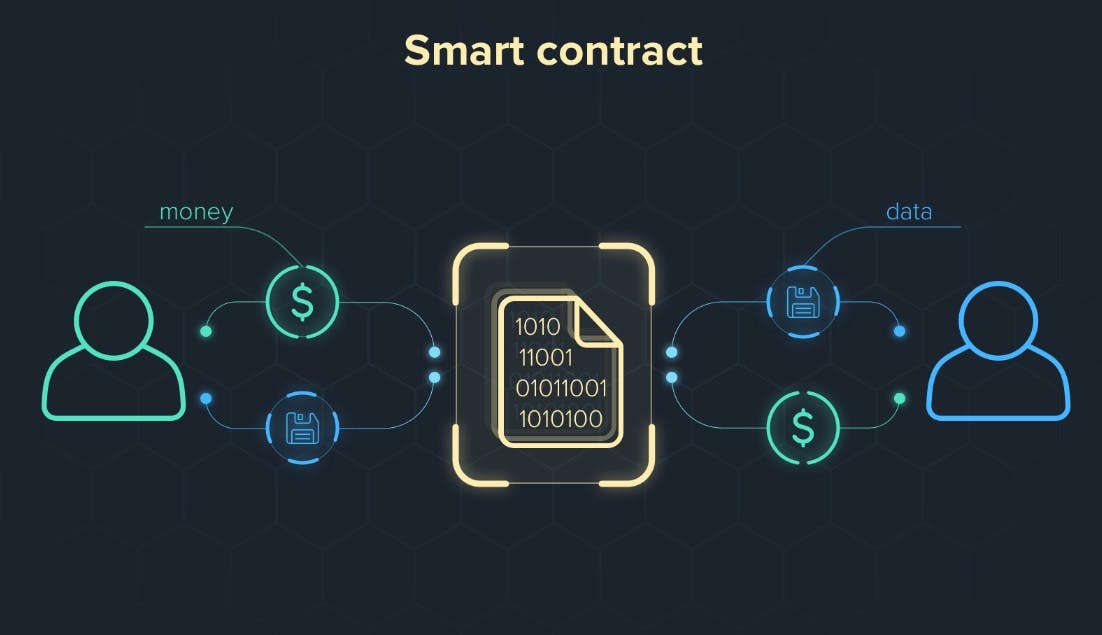
- Digital assets: This means to transfer value natively within the digital ecosystem.

- NFTs: Blockchain-based tokenized records that guarantee the unique identification of digital assets.

5. AI: AI in blockchain is a digital ledger that employs intelligent digital agents to govern the chain.
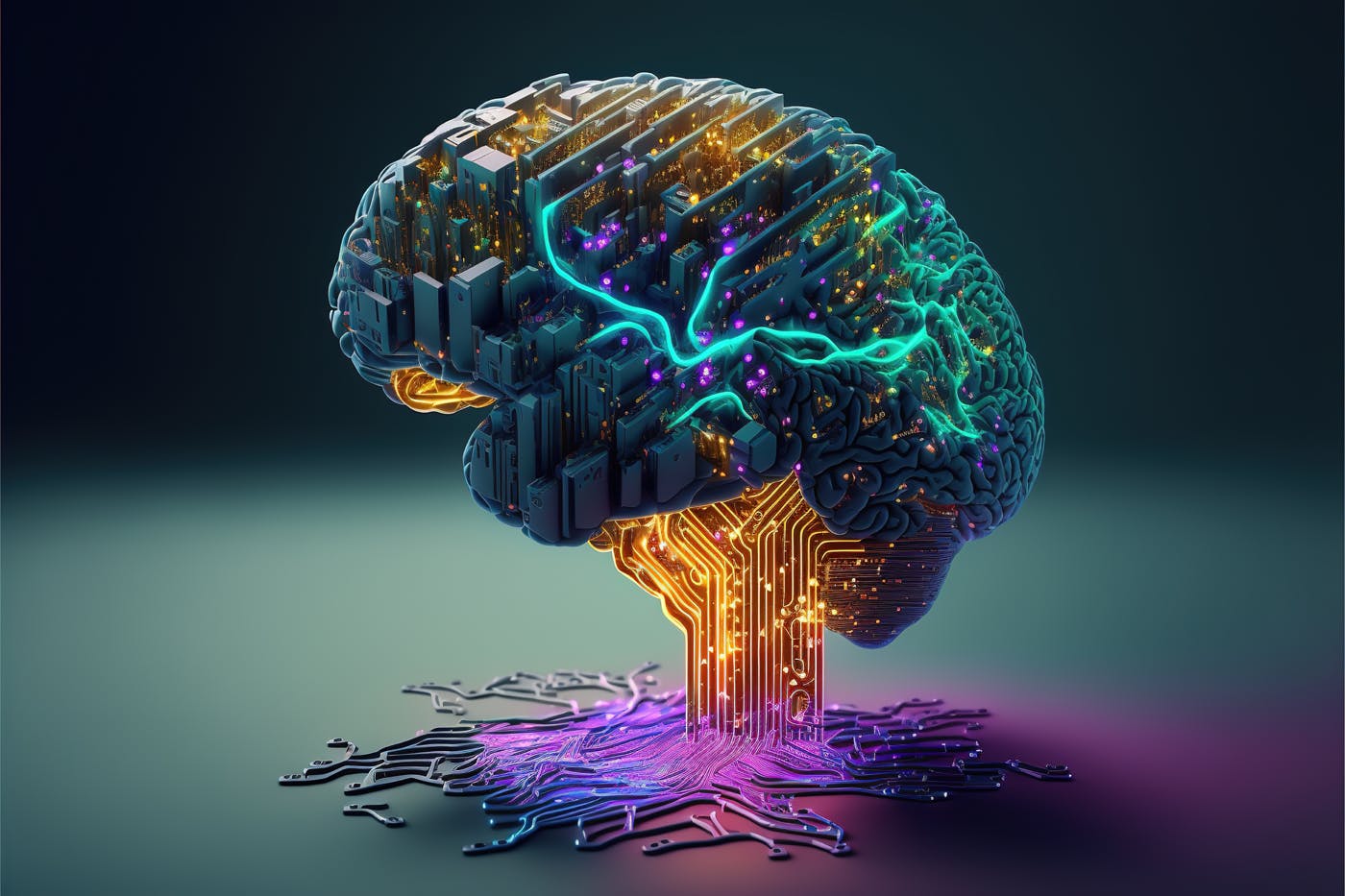
- Cloud Computing: Cloud computing allows for better data security, easy traceability, improved system, interoperability, and decentralized, faster system discovery.
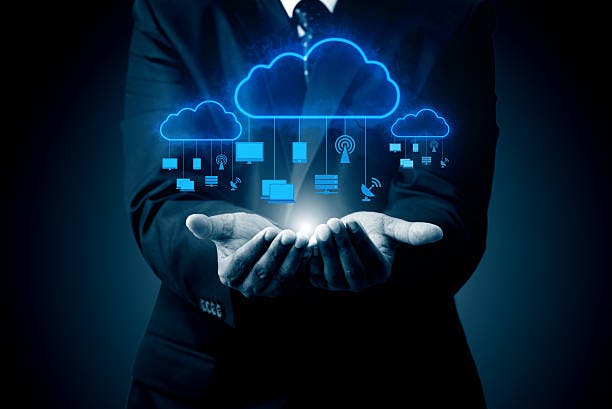
Unlocking the Potential of the Web: Discover the Game-Changing Applications of Decentralized Networks
- Decentralized Apps: Applications built on open networks enabling financial, social and other activities.

2. Defi (Decentralized Finance): Financial platforms that run entirely on code using smart contracts on a blockchain.
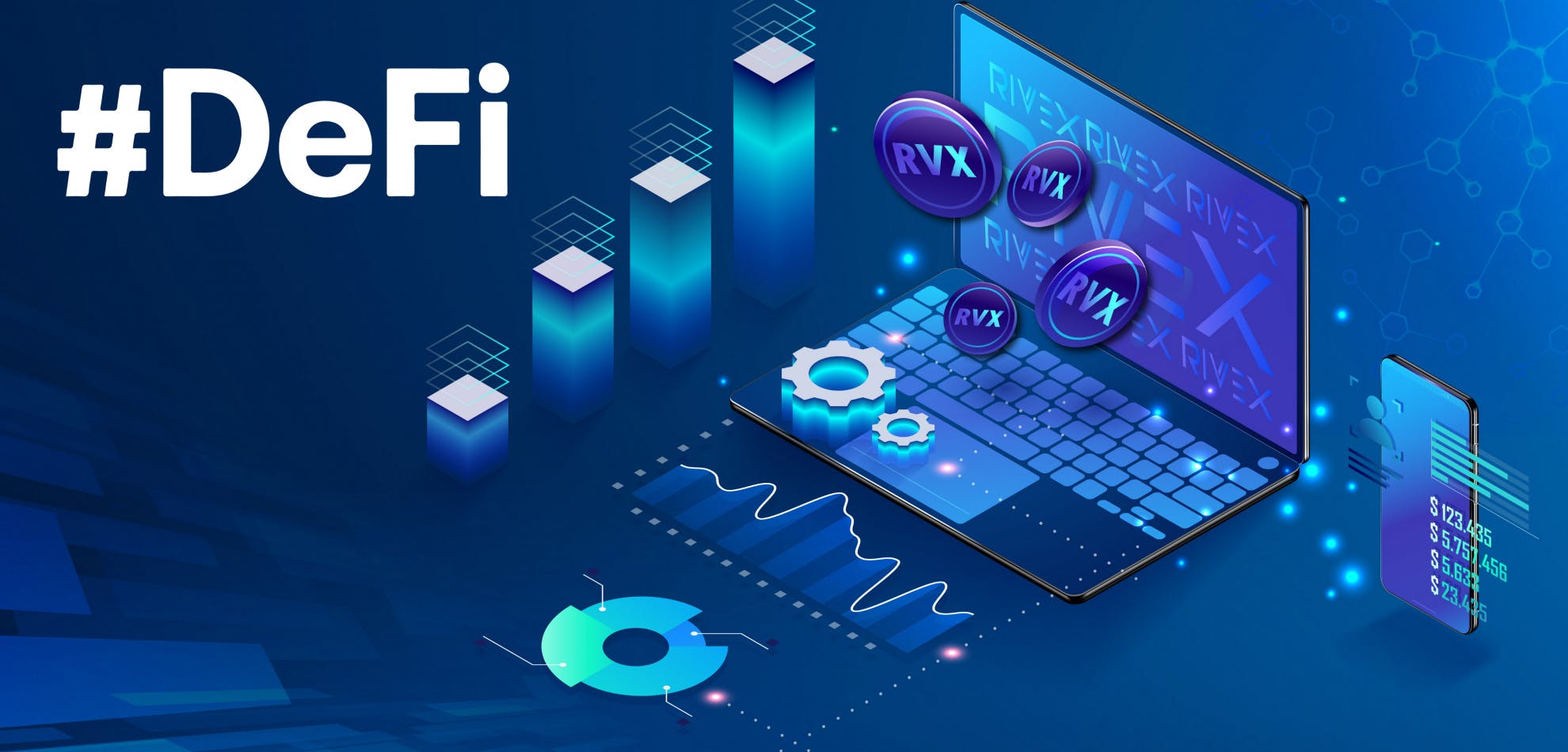
3. Digital wallets: Online Identification that combines the aspect of identity, access and ownership of the user.
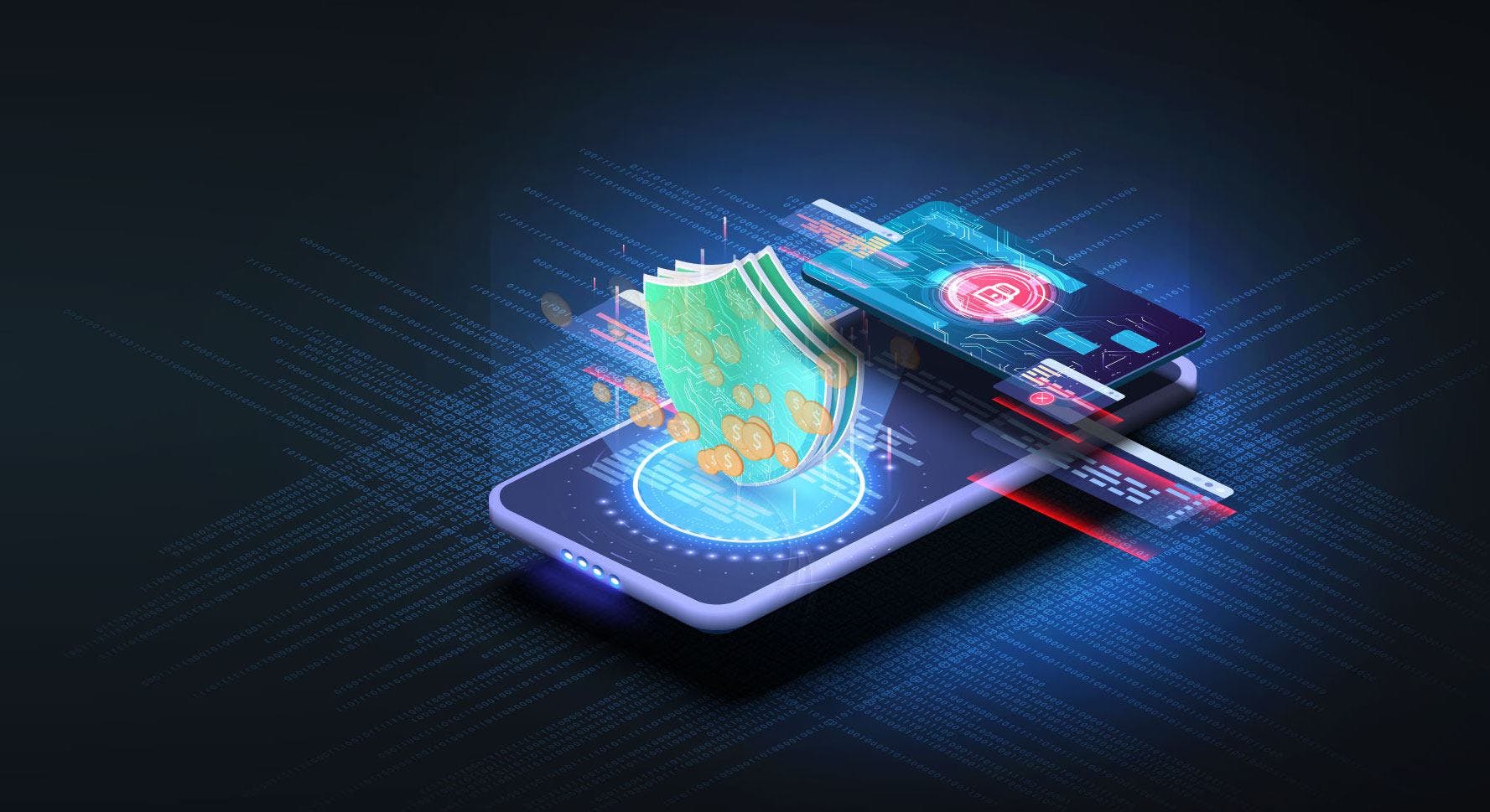
4. DAO (Decentralized Autonomous Organization): A digital organization that runs through a set of rules encoded as a smart contract on a blockchain. DAOs are not controlled by any single individual or entity.
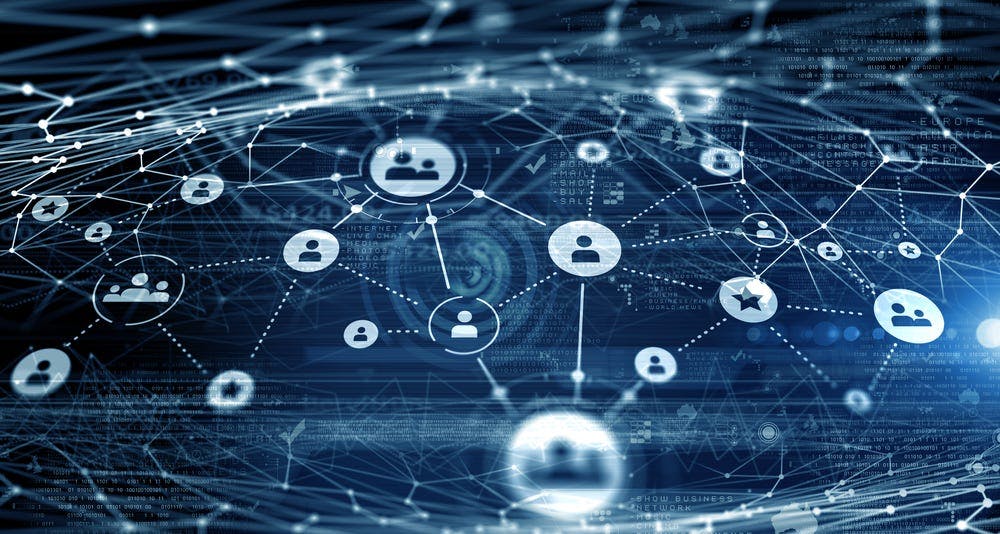
5. Tokenization: Digital, Universal representation of assets such as property, Gold and Silver.
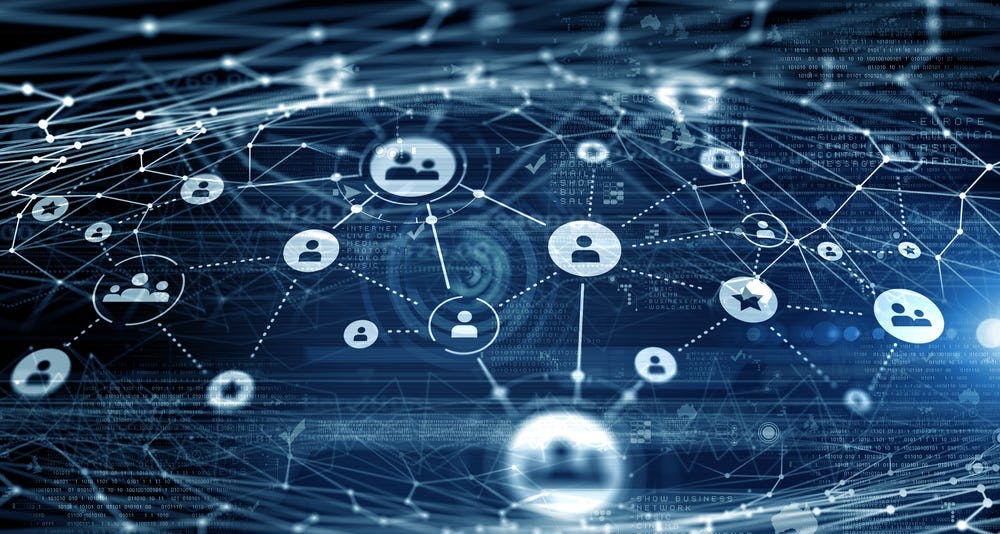
6. Metaverse: A digital space where users can live, interact and explore.
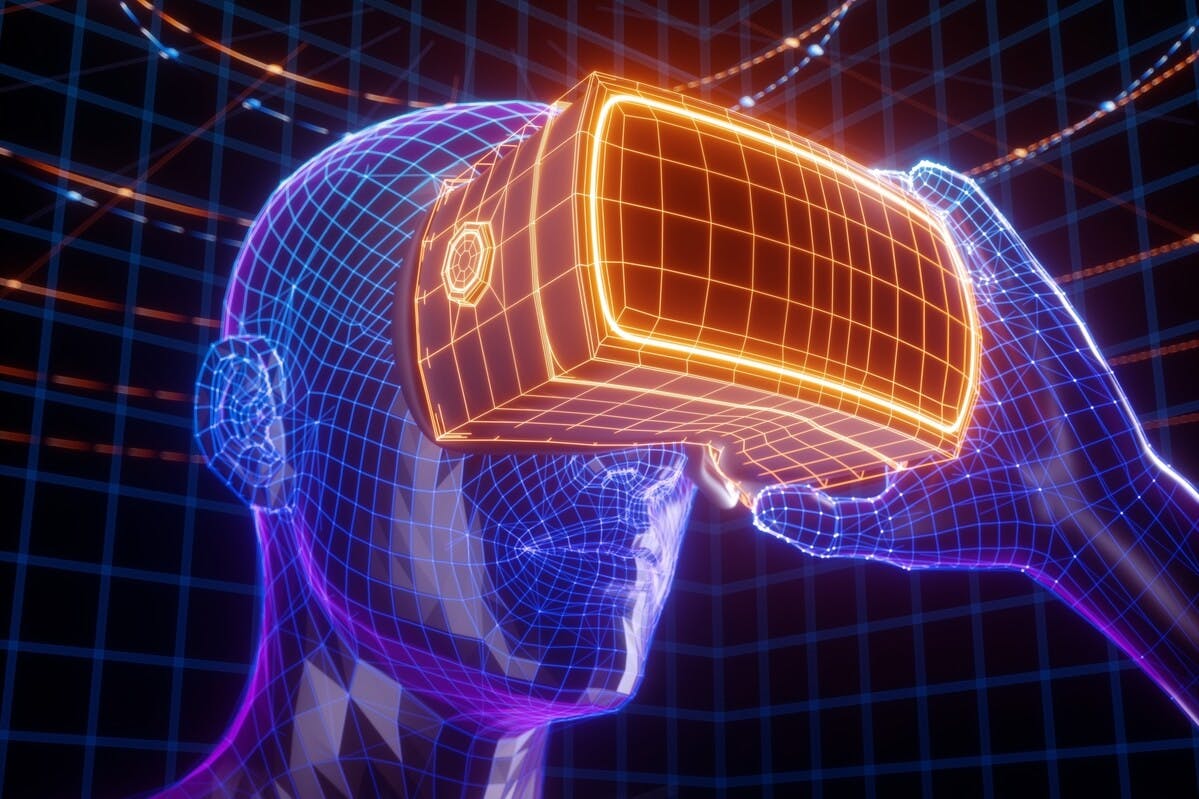
The Ultimate Guide to the Next Internet Era
Web 3, also known as the decentralized web, is a vision for a future internet that is decentralized, secure and open to all. It is based on the use of blockchain and other distributed ledger technologies to enable peer-to-peer communication and transactions, rather than relying on centralized servers and intermediaries.
The main goal of Web3 is to create a more equitable and decentralized Internet, where users have full control over their personal data and online activities and where all participants can contribute and benefit from the network. Web 3 technologies can revolutionize much of the internet and how we use it, including online communication, social networking, e-commerce and more. They also have the potential to disrupt traditional business models and create new opportunities for innovation and collaboration.
Potential breakthroughs that we would witness in these technologies
- Blockchain: This is a decentralized, digital ledger, that records transactions on multiple computers so that the record cannot be altered retroactively without the alteration of all subsequent blocks and the consensus of the network. This allows blockchains to be secured by design and resistant to modification of the data.
Smart Contract: This is a self-executing contract with the terms of the agreement between the buyer and seller being directly written into lines of code. The code and the agreements contained therein are stored and replicated on a blockchain network. Smart contracts allows for the automation of complex processes, including enforcing, verifying and negotiating contracts. They can be used to facilitate, verify and enforce the negotiation or performance of a contract.
Digital wallets: This is also known as an e-wallet or electronic wallet, This is a software program or service that allows individuals to store, manage and use their digital currencies such as ether or bitcoin. Digital wallets can be used to make electronic transactions, such as online purchases or peer-to-peer payments. They can also be used to store other digital information, such as loyalty points or tickets.
Tokenization: This refers to the process of representing a real-world asset or utility as a digital token on a blockchain. This can include tangible assets like real estate or artwork and intangible assets like loyalty points or access to a service. Tokenizing an asset, it can be easily and more securely transferred, tracked and managed on a blockchain. This can streamline processes and reduce the need for intermediaries while also increasing the transparency and security of the asset’s ownership and transfer.
NFTs: Non-fungible tokens are unique digital assets verified on the blockchain. They have gained significant attention in recent years due to their use in the digital art and collectibles market. The use of NFTs has been explored through a variety of applications including supply chain management, asset tracking and digital rights management.
DAOs: A decentralized Autonomous Organization is an organization that runs through a set of rules encoded as smart contracts on a blockchain. DAOs operate on a decentralized network and are not controlled by any single individual or entity. DAOs are designed to be transparent and accountable, as all actions and decisions are recorded on the blockchain. They are programmed to carry out tasks and make decisions based on predefined rules.
DEFI apps: Decentralized Applications are referred to as financial applications that are built on blockchain technology and operate in a decentralized manner without the need for a central authority. Defi has the potential to disrupt traditional financial systems and enable more efficient, transparent and secure financial transactions.
Artificial Intelligence: This is one of the most significant Web 3.0 advancements. AI and ML (Machine Learning) are additional essential characteristics of web3 that are gaining prominence in AI and ML. It connects people and creates new content by utilizing a number of approaches, such as pattern learning and AI technology, as well as data.
Web 3 Exciting New Concepts that Will Transform the Way You Surf the Internet:
3D interactive web technology (Web 3D): This is an interactive 3D technology that can be accessed via a web browser. Online 3.0, 3D interactive web technology will contain virtual identities, interactions, and many more features that will rise in popularity.
The Social Web: Decentralized technologies will be characterized in social media using Web 3.0, A web3 social network is inextricably linked to NFTs as a vehicle that gives creators ownership of their work and holders access to it.
The Semantic Web: This refers to the WWW (World Wide Web) Consortium’s concept of the web of interconnected data. The semantic web incorporates web concepts that are explained beyond documents to data similar to how a data works.
BAAS (Brands as a Service): This is a brand-new concept in blockchain technology. It is a cloud-based solution that allows consumers to build digital items using the blockchain. It is a regulated sector, and in order to connect to these financial services, companies and consumers must acquire access to banking. According to “(Prasanna Lohar ), with the rise of blockchain, artificial intelligence (AI), Metaverse, 5G and connecting technologies. Web 3.0 has great potential to accelerate innovation for Governments, Industries, Corporates and Academia”.
Contents That Web 3.0 has to offer
Low-code Application Development Software: This is a visual drag-and-drop development approach that allows businesses to construct apps more faster and with less hand-coding. As Web 3.0 has arrived, a tendency to eliminate low-code or no-code app development has emerged.
Interoperability Solutions: One of the challenges with current blockchain technology is that different blockchain networks cannot easily communicate with one another, which can limit their usefulness for enterprise applications.
In 2023, We may see the development of solutions that enable different blockchain networks to interoperate more easily, making it easier for enterprises to use multiple blockchains in their operations.
Increased Adoption of Blockchain by Government and Regulatory Bodies: As blockchain matures and becomes more widely understood we may see increased adoption of blockchain by governments and regulatory bodies in 2023. This could lead to the development of new standards and regulations around blockchain in the enterprise space.
Cloud Technology: This enables enterprises to work from anywhere in the globe. As enterprises begin to reopen following the lockdowns, they are likely to migrate away from hastily built cloud services and focus on Cloud-native systems.
Scalability Solutions: Another challenge with current blockchain technology is that it can struggle to process a large number of transactions in a short period, which can be a problem for enterprise applications that require high levels of performance. In 2023, we may see the development of solutions that enable blockchain networks to scale more effectively, making them more viable for use by enterprises.
Ways in which Web3 could impact enterprises:
Improved Security
Increased Transparency/Trust
Reduced costs
New Business Models
Increased Competitiveness
Exciting Trends That Will Shape the Future of the Internet
A. Consumers’ brand setting the trend for other industries.
B. Metaverse: The next user frontier.
C. Career Opportunities in Web3.
D. New Era of Gaming & Esports.
E. Building the future E-Governance.
F. Gamification in Advertisement.
G. Adoption of Central Bank Digital Currency (CBDC)
H. DAOs are moving ahead.
I. Web3 Adoption by payment companies.
J. Rise of consortiums and Web3 forums Globally.
K. Rise of Decentralized Social Media.
L. Push of policymaking or regulation for Digital assets.
M. Tokenization to build future markets.
N. Need for new security practices.
O. Investments into Web3 infrastructure.
P. 5G is a boon for web3 adoption.
Q. Green Blockchain to support sustainability.
R. Public Infrastructure on Web3.
S. Need for Inoperability.
T. Creator Economy Future.
If you don’t want to miss out on the next article of our blockchain and Web3 guide, be sure to subscribe to our blog. You’ll receive updates, insights and exclusive content directly in your inbox.
Want to connect with me and get more updates on cybersecurity, blockchain and Web3 trends on other platforms? Let Connect on
LinkedIn: Connect with me to stay updated on tech-related insights. Let’s network and collaborate on exciting projects: Connect on LinkedIn
X: Join me on X for tech news and engaging discussions. Follow me and let’s share our thoughts in the X verse. Follow on X